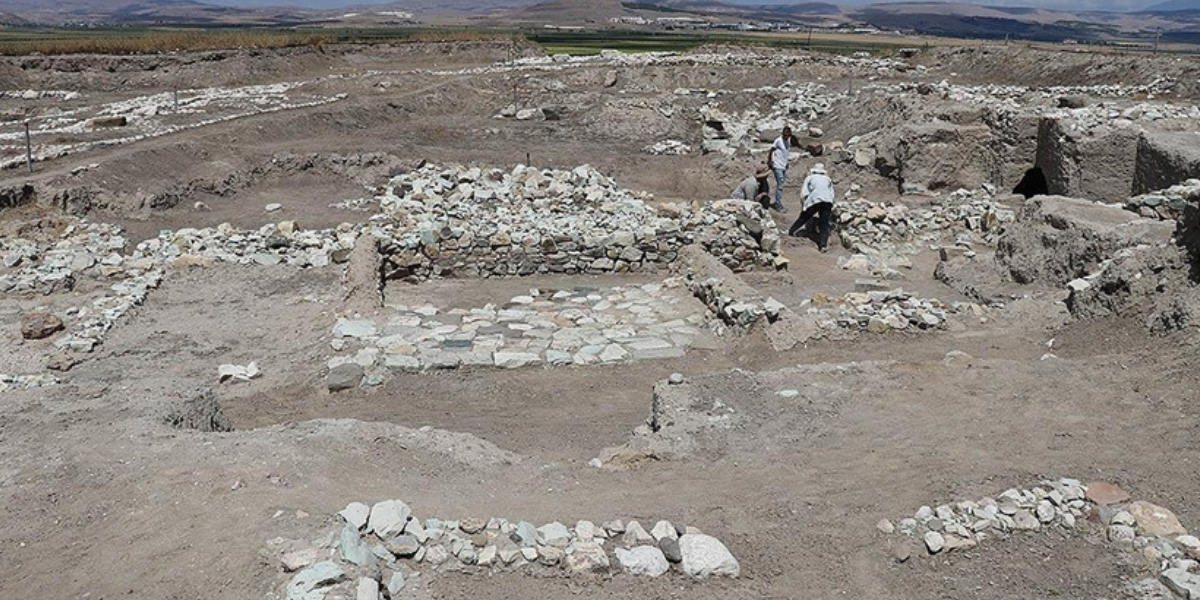
Excavations continue in Oluz Höyük, where life ended with the Battle of Zela, where Julius Caesar uttered the words “Veni Vidi Vici”
Excavations continue in Oluz Höyük, where life ended with the Battle of Zela, where the famous Roman dictator Julius Caesar uttered the words “Veni Vidi Vici” Oluz Höyük is located in the Göynücek district of Amasya, in the northeastern Anatolia region of Türkiye. The mound covers an area of approximately 45 acres. More than 2

An 8,200 year old stone kohl was found in western Türkiye
Excavations at the Yesilova Mound in western Türkiye have unearthed 8,200-year-old kohl made of stone material was found. Yeşilova Mound is located in Bornova district of Izmir. Yeşilova, which has a history of approximately 8500 years, is the oldest settlement in Izmir, dating back to the Neolithic Age. Excavation Head Assoc. Prof. Dr. Zafer Derin

2800-year-old Burunkaya Inscription written in Luwian Hieroglyphic
Among the rich historical heritage of Anatolia, inscriptions are the most important sources that shed light on thousands of years ago. One of these inscriptions is the Burunkaya Inscription written in Hieroglyphic Luwian. The Burunkaya Inscription is located on the Burunkaya hill near the village of Gücünkaya, east of Aksaray province in Central Anatolia. This
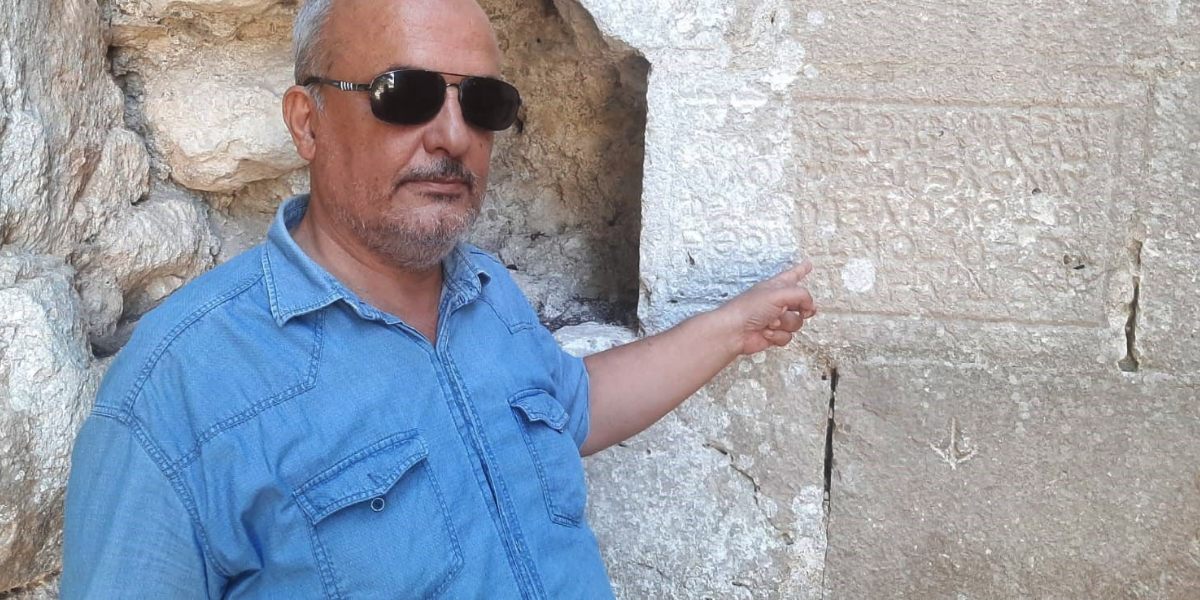
The inscription of Çem Castle awaits decipherment
The inscription on the wall of Çem Castle in the Sumbas district of Osmaniye in southern Türkiye is waiting to be solved. To date, the language and alphabet in which the inscription was written has not yet been deciphered. Çem Castle was used as an important defense center especially in the Middle Ages. During the

3,500-year-old mussel shells have found, some mussels are still closed
Archaeologists found 3,500-year-old mussel shells, some of them closed, in jars in the storage room of a public space unearthed at Tepecik Mound (Tepecik Höyük). Tepecik Mound is located in the Çine district of Aydın province. The layers in the mound show that there was an uninterrupted settlement in the region from the Chalcolithic Age

Return of 18 historical artifacts seized in the US to Türkiye held in New York
Eighteen historical artifacts illegally smuggled from Türkiye were returned at a ceremony in New York. The handover ceremony was held at the Turkish House in New York. Among the 14 artifacts seized by the joint efforts of the Manhattan District Attorney’s Office and Turkish institutions are 1 bronze statue and 2 bronze statue heads originating
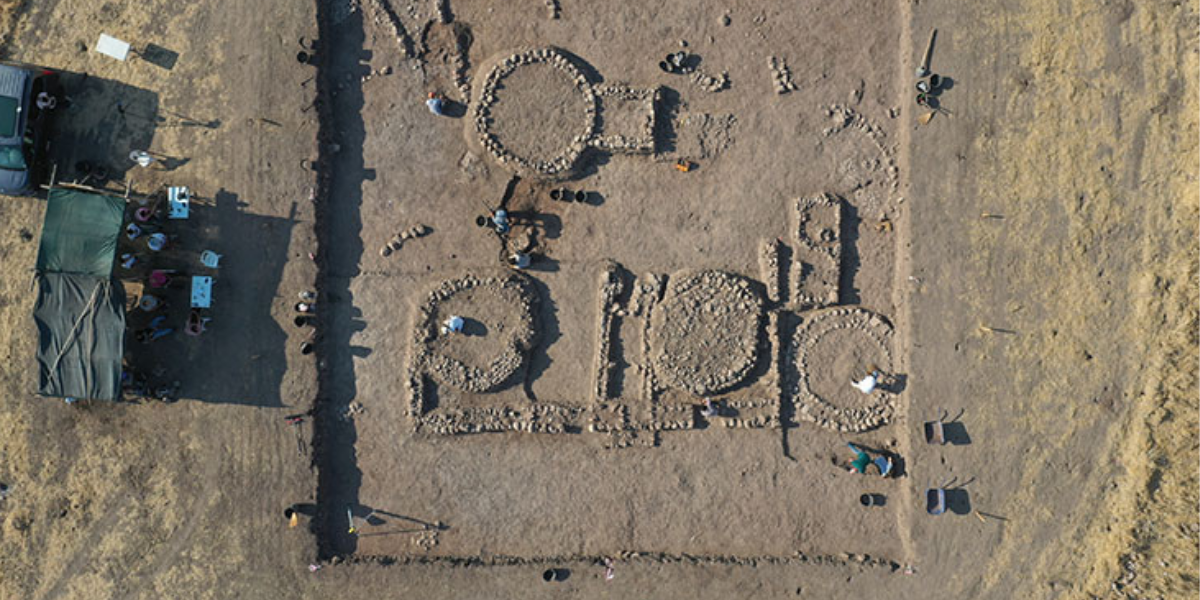
Child skeleton and silver ring dating back 7,600 years found at Domuztepe Mound
A child skeleton and a silver ring dating back 7,600 years were found in Domuztepe Mound, which has uninterrupted settlement traces since the Neolithic period. Located in Emiroglu Village, 32 km south-southeast of the city center of Kahramanmaraş in southern Türkiye, Domuztepe mound lies on the eastern bank of the Aksu River in the Maras

The 3,000-year-old Lagina Hecate Temple in Lagina Hecate Sanctuary is being resurrected
The 3,000-year-old Lagina Hecate Temple in the ancient temple complex Lagina Hecate Sanctuary located in the Bodrum district of Türkiye’s Muğla province continues to restoring. Hecate is a goddess in ancient Greek mythology, associated with magic, witchcraft, the moon, night, ghosts, dogs and road junctions. The Temple of Hecate in Lagina was built in the
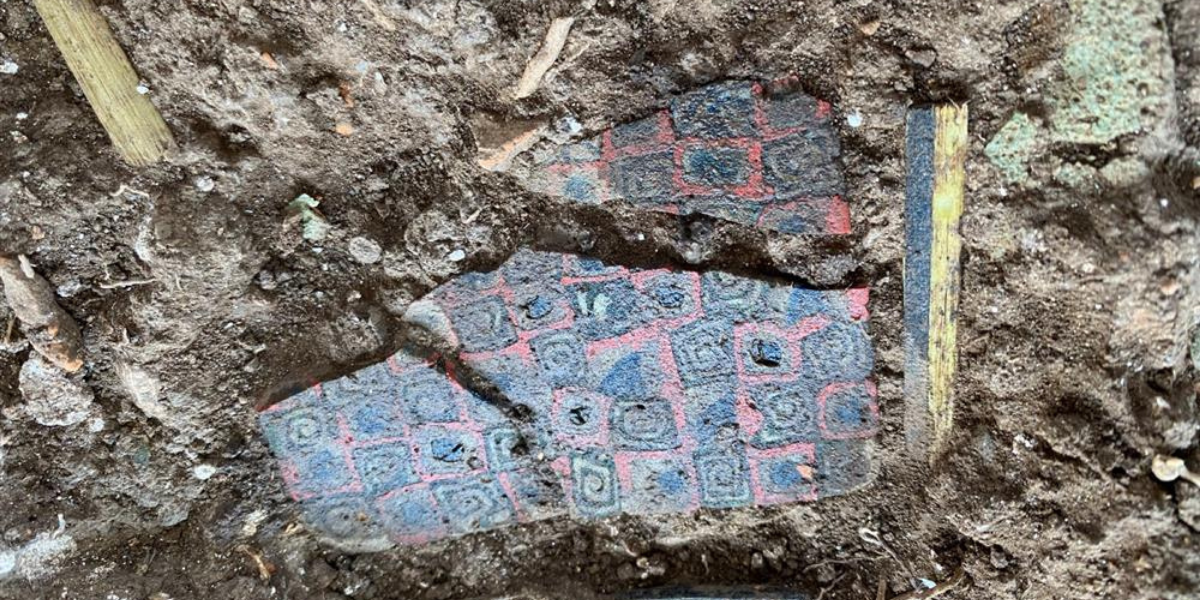
Millefiori glass plates from the 5th century AD discovered in the historic Lycian city of Myra
In the ancient city of Myra, one of the six major ancient Lycian cities, glass plates called millefiori or “Thousand Flowers” were discovered. The ancient city of Myra is located in the Demre district of Antalya. Myra takes its name from the myrtle tree and was called Muri in the Classical Age. Later it was
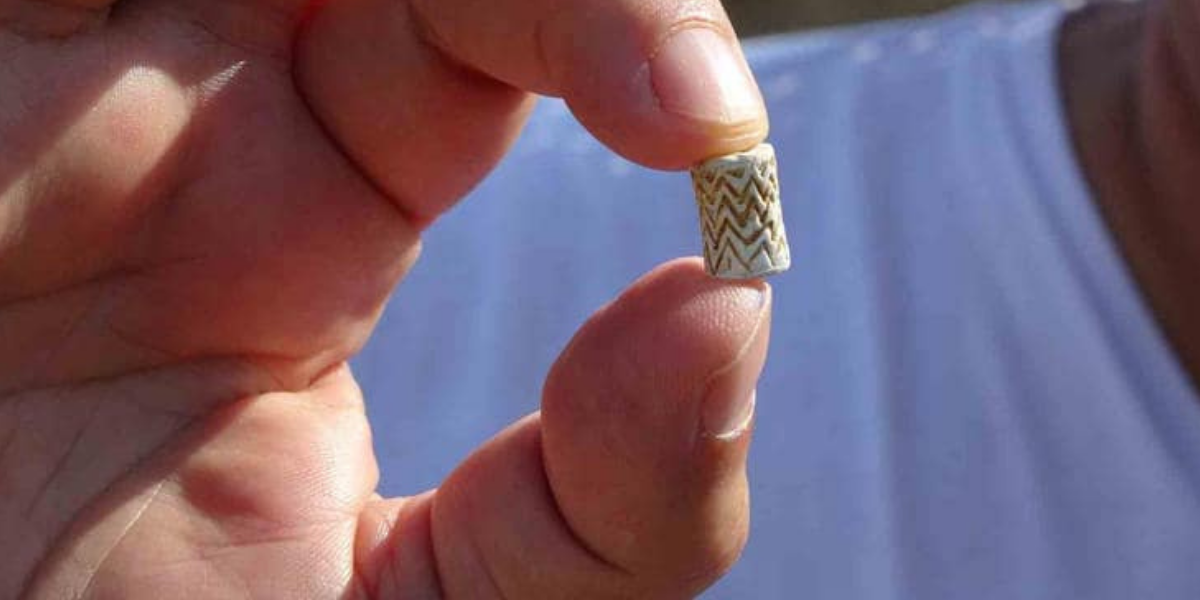
A cylinder seal dating back to 4 thousand years was discovered in the ancient city of Maydos
Turkish archaeologists have found a 4,000-year-old cylinder seal in the ancient city of Maydos, as well as a lead sling stone that is about 3,400 years old. The ancient city of Maydos is located in the Eceabat district of Çanakkale province in western Türkiye. Maydos was continuously inhabited from the Chalcolithic Age until the Middle
